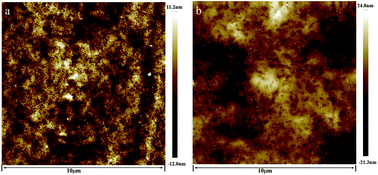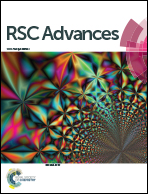A new understanding of the failure of waterborne acrylic coatings
Abstract
In this study, two types of waterborne acrylic coatings, including a styrene–acrylic coating and a terpolymer coating based on acrylic acid, vinyl chloride and 1,1-dichloroethylene segments, were compared in terms of their barrier properties and wet adhesion after being immersed in 3.5 wt% NaCl solution. Both coatings with and without artificial defects showed completely different corrosion protection performance when immersed in 3.5 wt% NaCl solution. Meanwhile, electrochemical impedance spectroscopy (EIS) was also used to investigate the corresponding coatings' failure process. The results of these tests expound that the barrier property played the dominant role for the corrosion protection of the intact coatings, while the wet adhesion is the decisive factor when a large defect exists in the coating surface. The effect of wet adhesion in corrosion protection was further investigated through the thinner intact coatings. The combination of barrier property and wet adhesion is crucial for coatings to sustain long-term corrosion protection.



 Please wait while we load your content...
Please wait while we load your content...